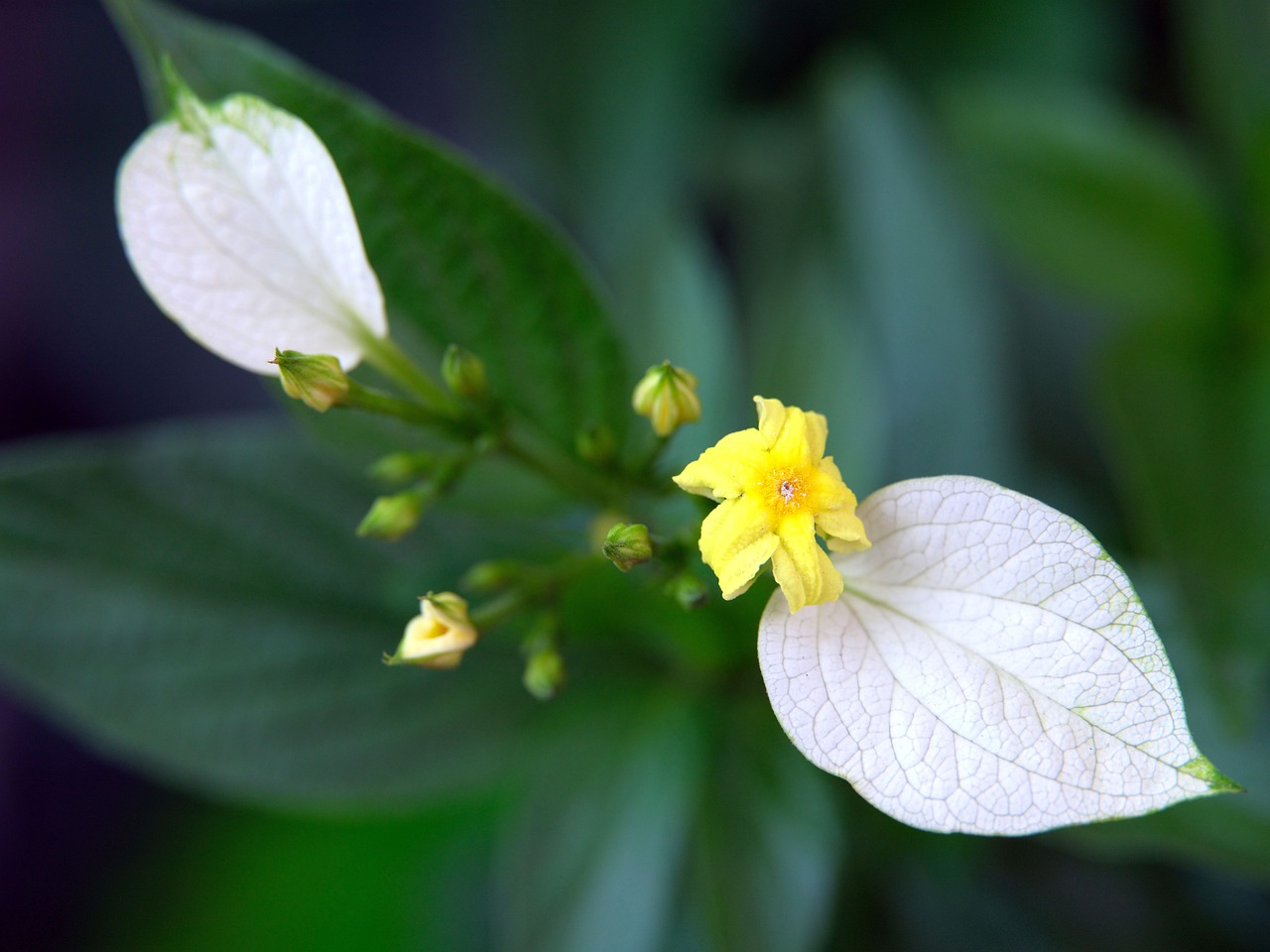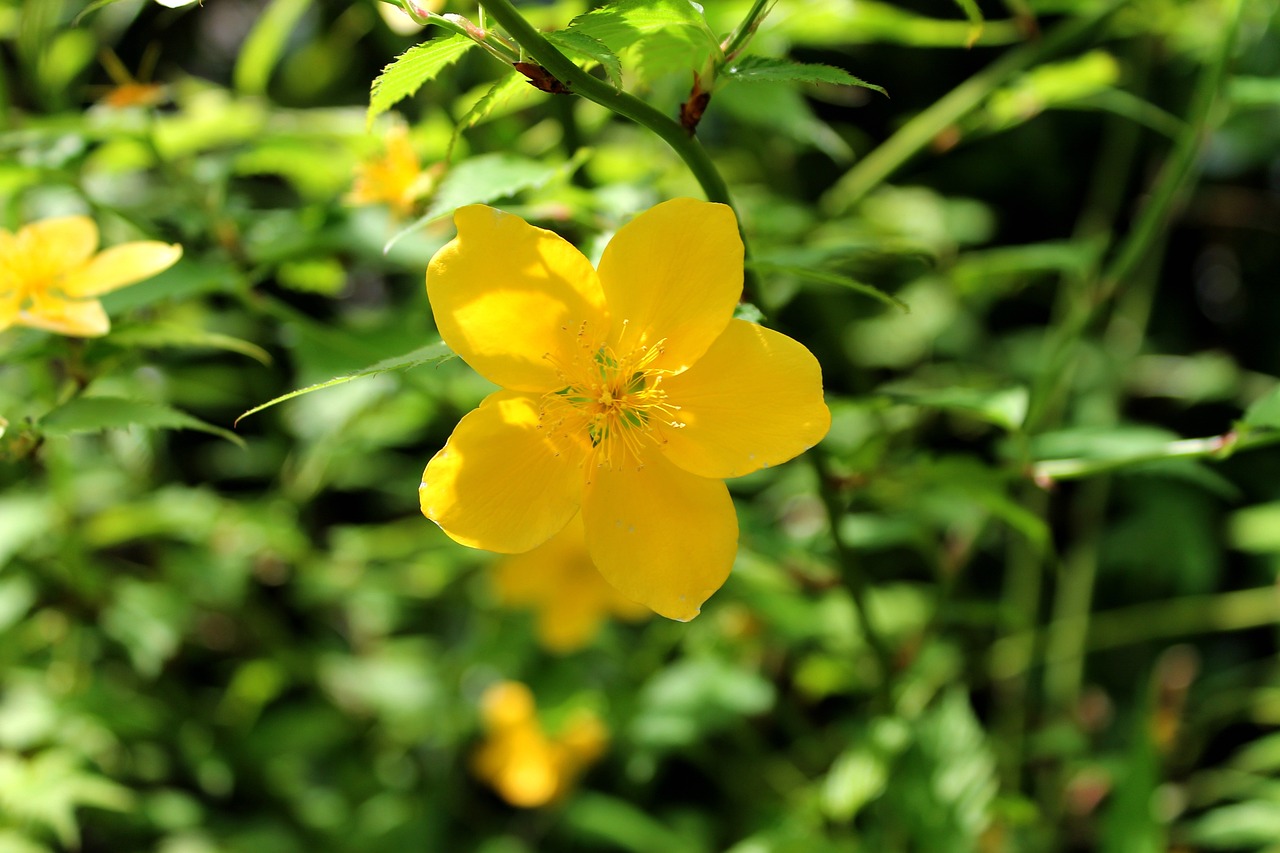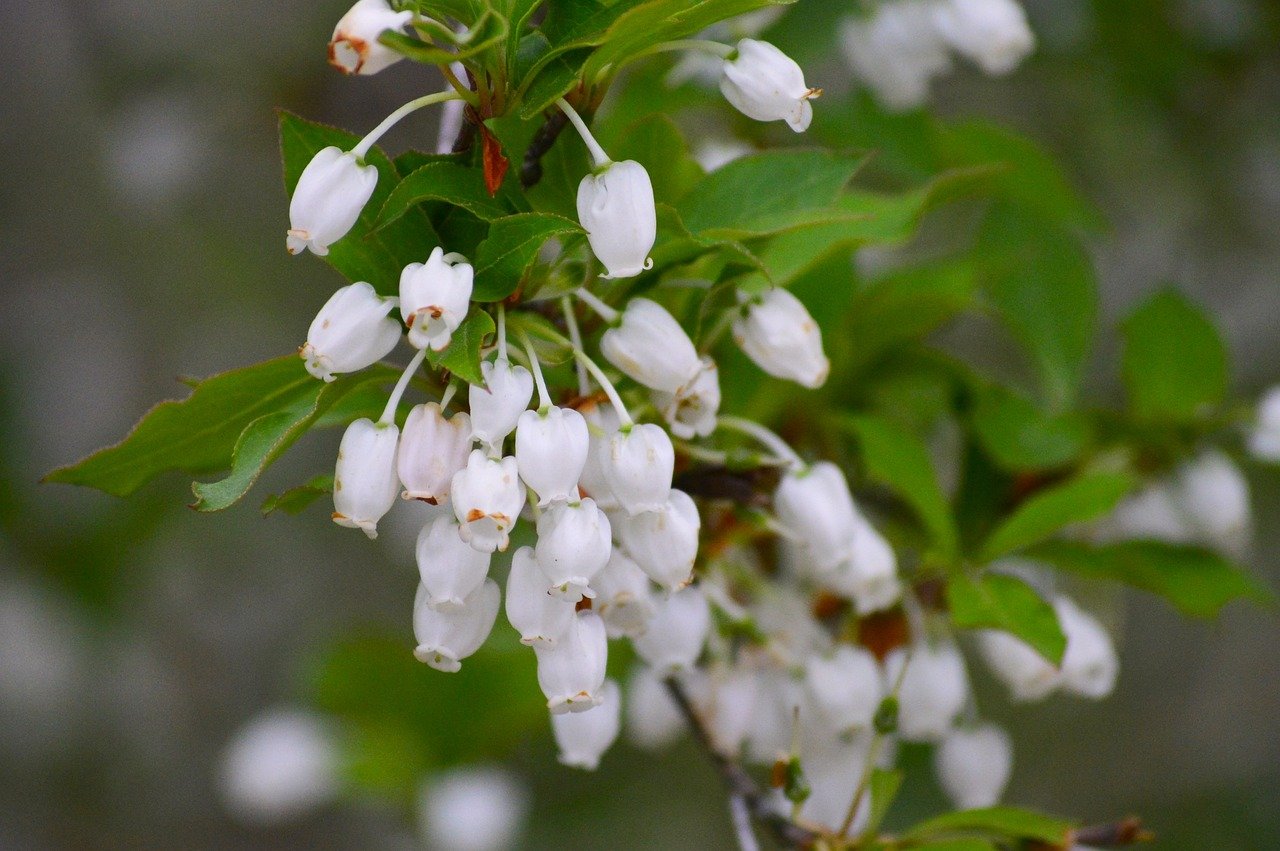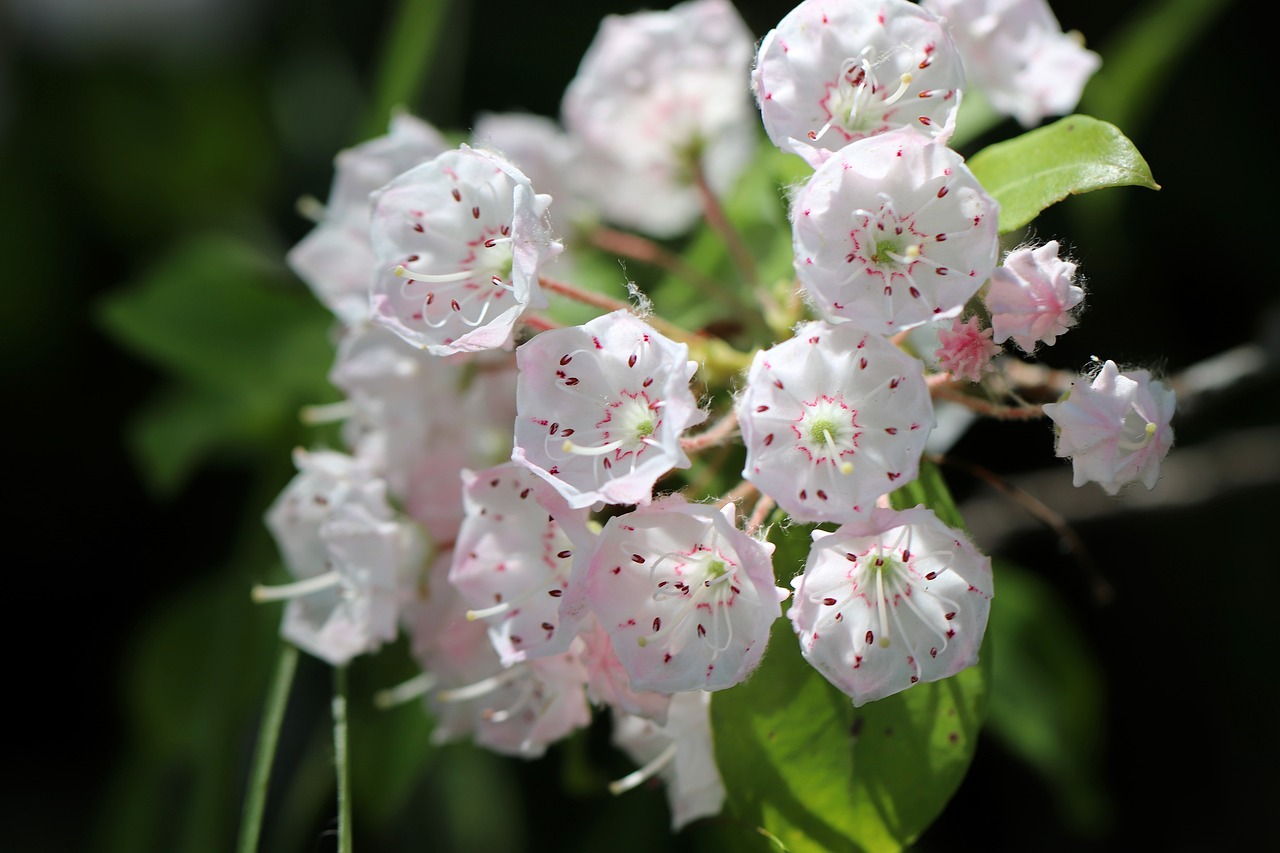Potentilla fruticosa | Golden Blossoms for a Natural Garden
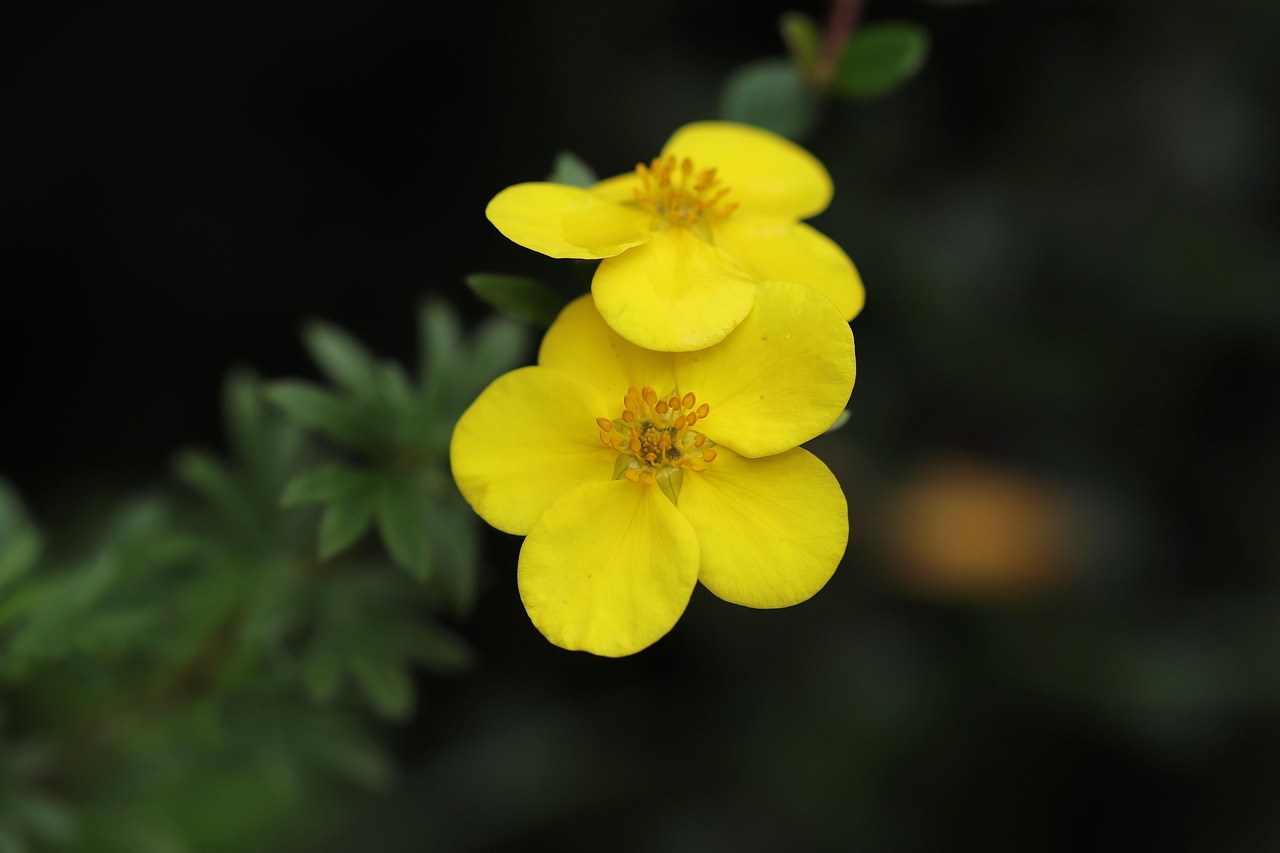
Potentilla fruticosa, also known as shrubby cinquefoil, is a hardy shrub that produces small yellow flowers. It is widely used as a garden plant or hedge. Because it is robust, easy to care for, and adaptable to cold climates, it is a popular choice among beginner gardeners.
In this article, I will explain in detail the basic information, cultural and historical background, and cultivation tips for Potentilla fruticosa.
Basic Information
- Scientific name: Potentilla fruticosa
- Family: Rosaceae
- Origin: Cold regions of Europe, Asia, and North America
- Appearance: A shrub that grows to 50 cm–1.5 m in height, characterized by dense foliage and yellow flowers measuring 2–3 cm in diameter. The flowers resemble roses and bloom continuously from early summer to autumn.
- Flowering season: May–September
Cultural Characteristics Worldwide
Potentilla fruticosa is widely used as an ornamental plant in gardens and parks.
In North America and Europe, it is often planted along public spaces and roadsides as a landscape shrub. Its popularity comes from its resilience in relatively dry conditions and its long blooming period.
With the development of cultivated varieties, blossoms now come not only in yellow but also in orange, white, and pink. As a result, this plant is highly valued for adding variety to garden design.
In Japan as well, it is commonly seen in parks and gardens, harmonizing with both Japanese and Western landscapes.
Historical Background
Potentilla fruticosa naturally grows in the cold regions of Europe and Asia and has long been used as a hedge and ornamental shrub due to its durability.
In medieval Europe, it was also planted as a natural barrier and was valued in rural areas as windbreaks and enclosures for livestock.
By the 18th century, it was introduced into gardens in England and France as an ornamental plant, often serving as an accent in vast gardens.
During the 19th and 20th centuries, it spread to North America, where its tolerance to cold and drought made it a suitable plant for urban greening and landscape design.
Today, it is loved as a garden plant worldwide, with many cultivated varieties available.
Gardening Advice
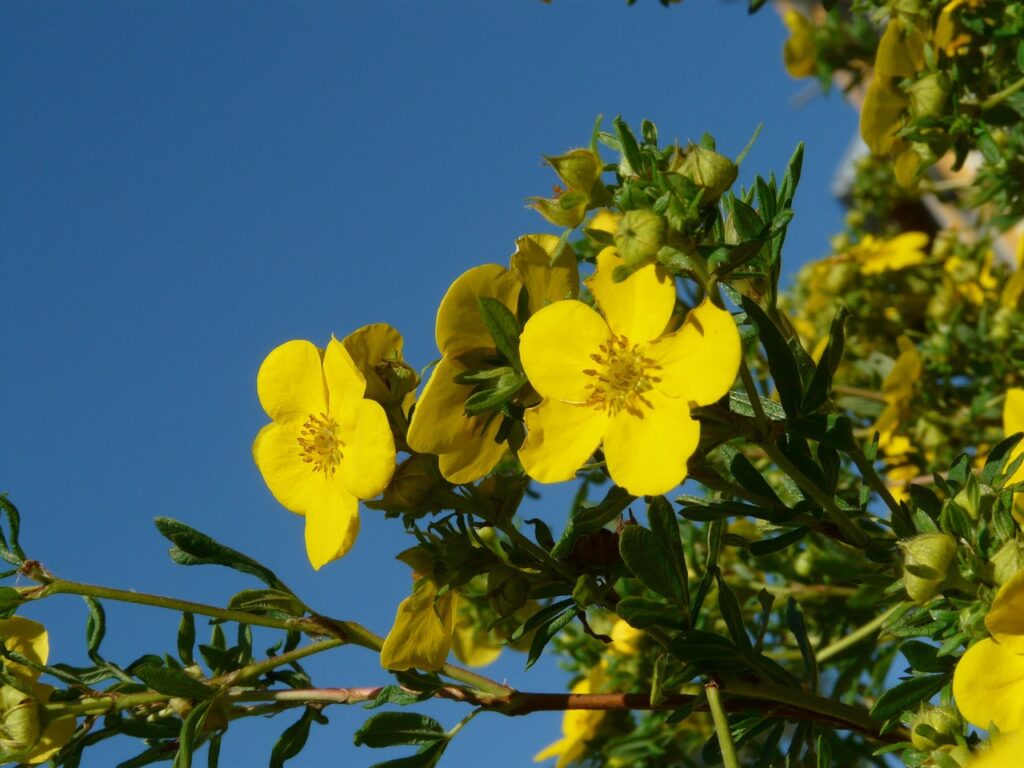
Potentilla fruticosa is a hardy and low-maintenance plant, but proper care ensures even more beautiful blooms.
Sunlight
Prefers full sun but also grows in partial shade. Lack of sunlight may reduce flowering.
Watering
Drought-tolerant, requiring little watering once established. In gardens, rainwater is often sufficient, though watering during extended dry periods is recommended. For potted plants, water thoroughly when the soil surface becomes dry.
Soil
Thrives in well-drained soil. A mixture of sandy soil and compost works well. Avoid waterlogging, and ensure proper drainage for potted cultivation.
Fertilizer
Minimal fertilization is sufficient. Applying a slow-release fertilizer once in spring and once in summer promotes better flowering.
Pruning
The plant naturally forms a neat shape, but prune crowded branches to improve airflow. Light pruning after flowering helps vigorous growth the following year.
Cold Resistance
Hardy in cold climates, but potted plants require protection to prevent root freezing during winter.
Conclusion
Potentilla fruticosa is a low shrub that produces cheerful yellow flowers over a long period, making it a valuable addition to parks and gardens.
It has a long history, from its practical use in medieval Europe as hedges and windbreaks to its modern role as a decorative plant worldwide.
I encourage you to enjoy its bright blossoms and use it as an accent in your own garden.


